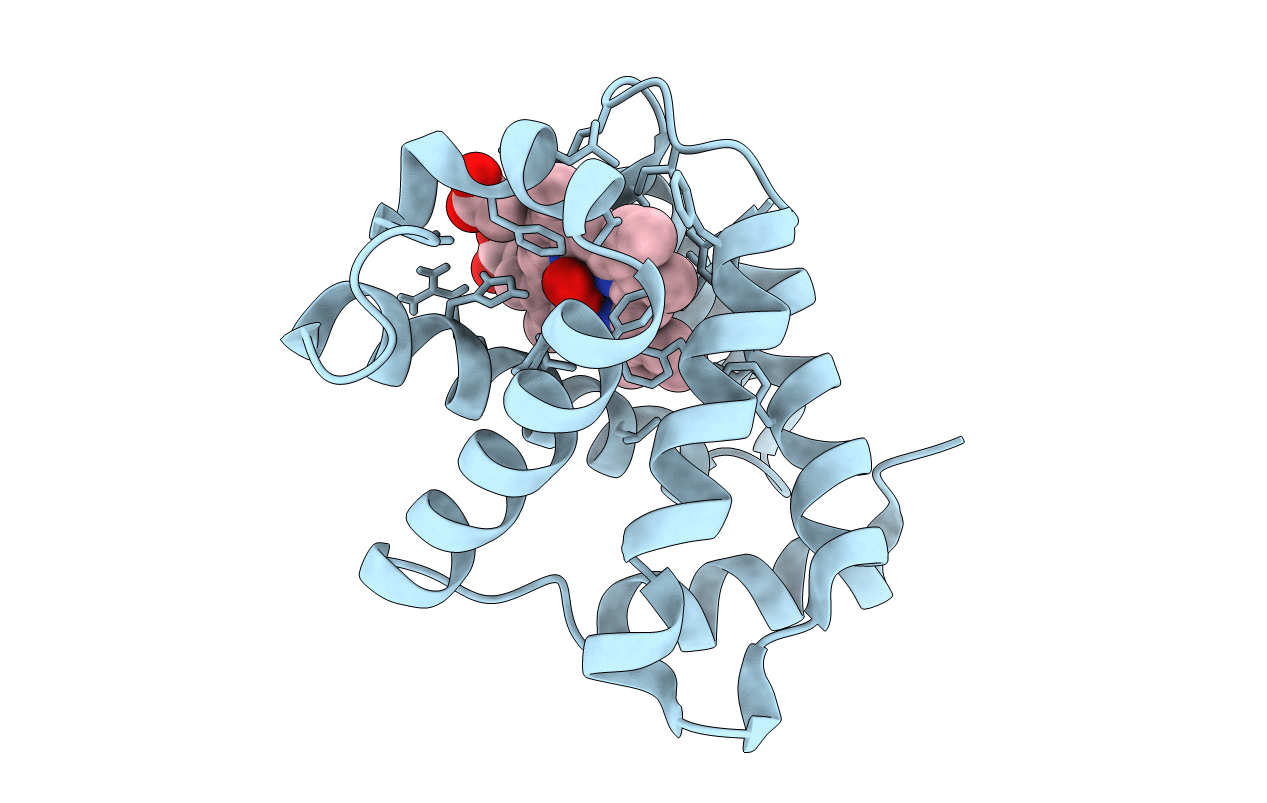
Deposition Date
2014-09-04
Release Date
2015-06-10
Last Version Date
2024-10-23
Entry Detail
PDB ID:
4WCH
Keywords:
Title:
Structure of Isolated D Chain of Gigant Hemoglobin from Glossoscolex paulistus
Biological Source:
Source Organism:
Glossoscolex paulistus (Taxon ID: 1046353)
Method Details:
Experimental Method:
Resolution:
2.05 Å
R-Value Free:
0.23
R-Value Work:
0.20
R-Value Observed:
0.20
Space Group:
I 2 2 2


